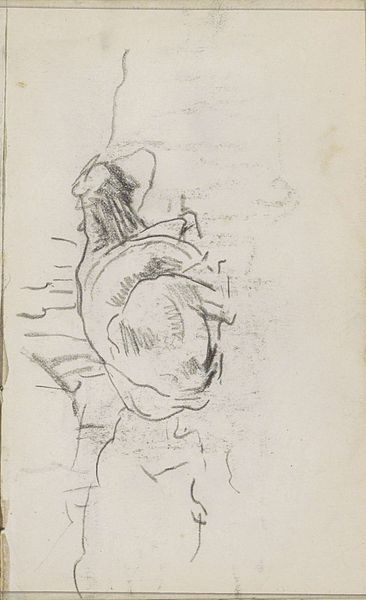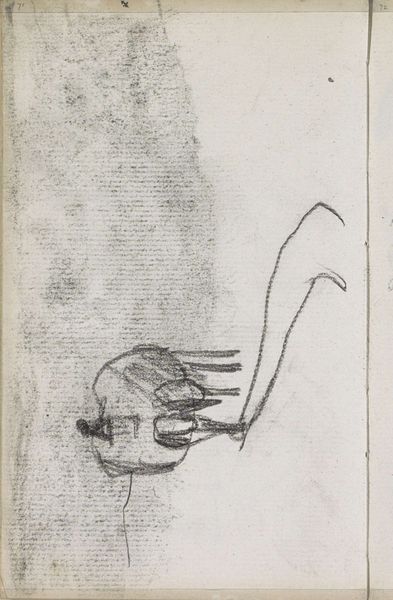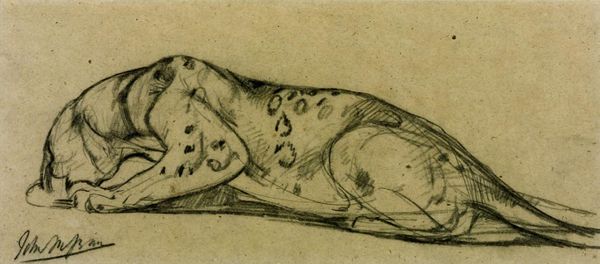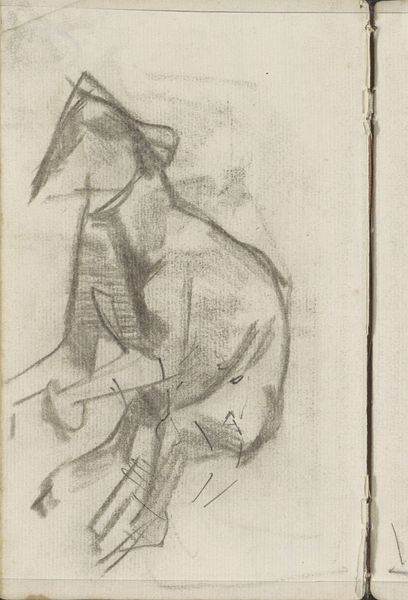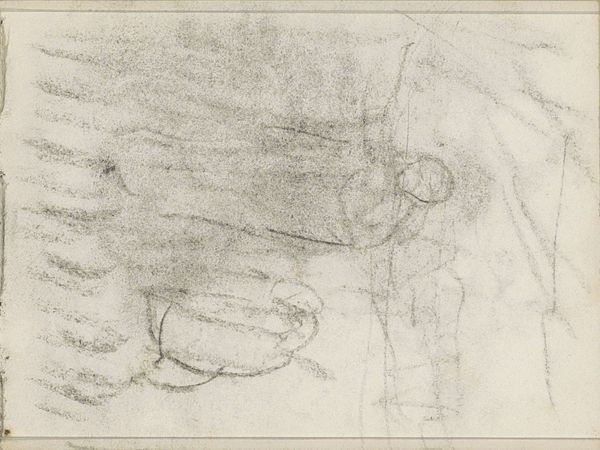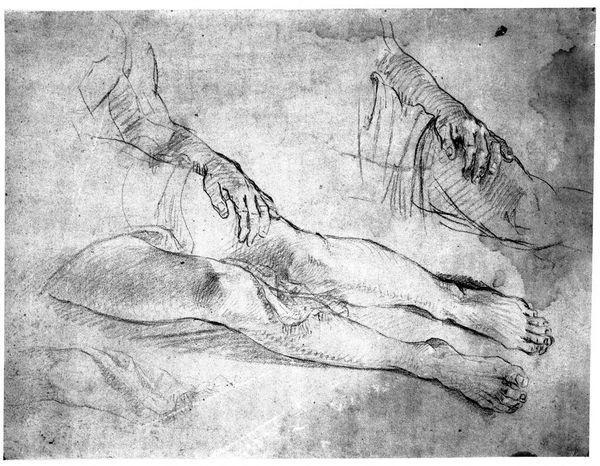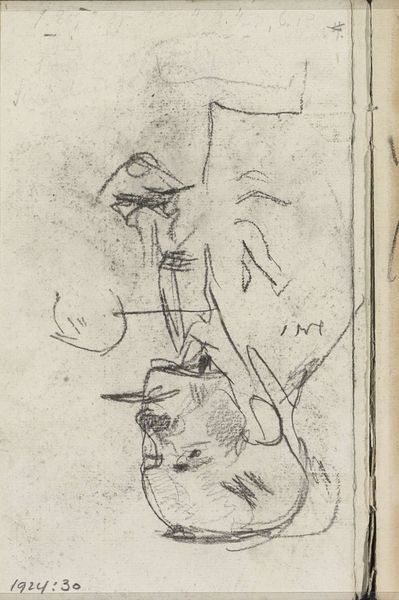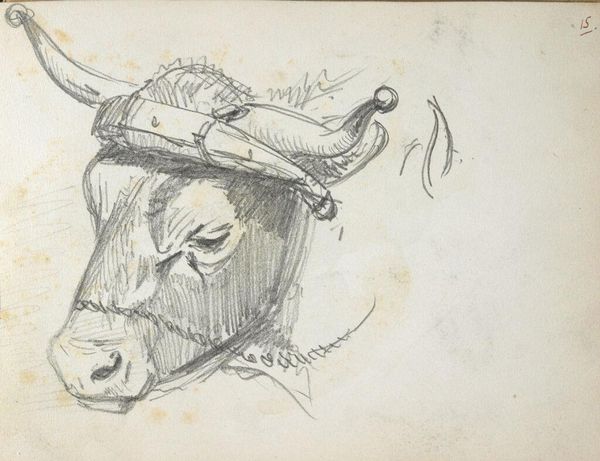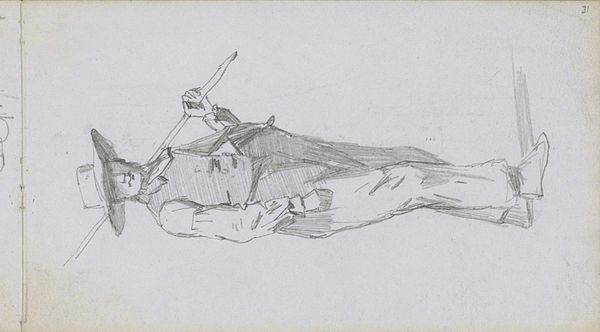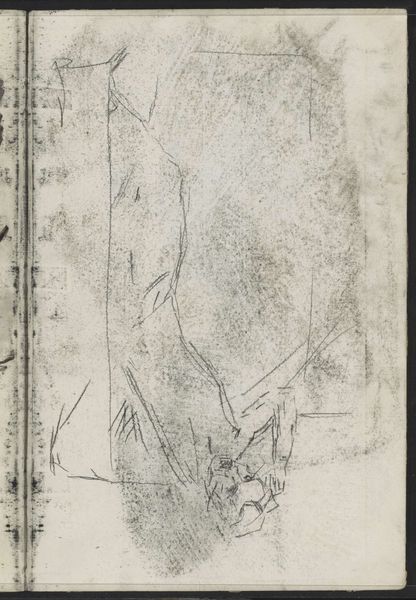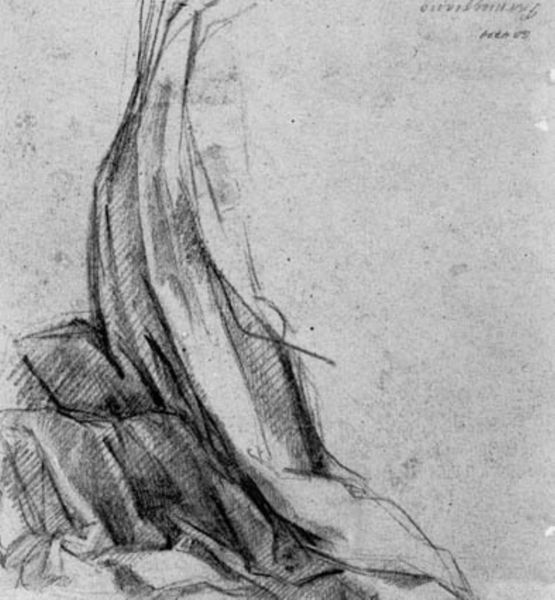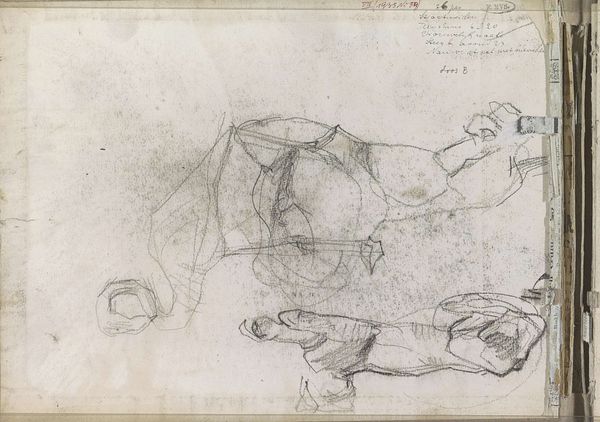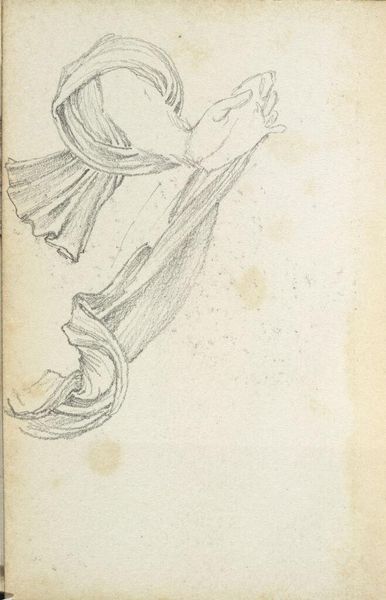
drawing, ink
#
drawing
#
medieval
#
fantasy-art
#
figuration
#
ink
#
sketch
#
history-painting
#
northern-renaissance
#
grotesque
Dimensions: 8.6 x 16.2 cm
Copyright: Public domain
Editor: This drawing, titled "Study of Monsters" is by Hieronymus Bosch and the medium seems to be ink. It definitely feels a bit disturbing. What do you see in this piece, especially considering how the materials contribute to its meaning? Curator: I see a critical exploration of craft and artistic labor. This "Study" reveals the process – the iterative sketching, the building up of form through line work. The starkness of ink on paper, a relatively accessible and inexpensive medium even then, speaks volumes about the accessibility of image-making at the time and challenges a purely high-art interpretation, right? Think of it not just as monstrous figures, but as a material investigation. What does it mean to create these fantastical beings with such humble materials? Editor: That's a perspective I hadn't considered. So, it's less about what they *represent* and more about the act of creation itself? Curator: Exactly. Consider the social context too: Who had access to such materials? How would this relatively inexpensive work be consumed, perceived and utilized in workshops as references, thereby enabling dissemination, potentially contributing to his studio production? The material conditions shaped its production, consumption, and the very boundaries of what "art" could be. Editor: So, it's pushing back against the idea of the artist as some isolated genius, suggesting the art object exists within this web of material availability and social context? Curator: Precisely. Bosch is working with readily available and relatively cheap materials, it decenters the artwork from its high-art image to highlight the labor involved in the material consumption for creative ends, how is it perceived with its materiality versus the message. It suggests an intrinsic understanding of production, one often ignored by conventional histories of art. Editor: Wow, that's given me a whole new framework for thinking about art history, and art objects like this one. It brings so many other elements into consideration other than solely subject, symbolism, and artistry, I will certainly utilize this approach. Curator: Exactly, every visible material implies a making, and thinking about those processes offers us fresh new and exciting ways of reading into it, offering greater interpretations, not only for the artists intent, but production values.
Comments
No comments
Be the first to comment and join the conversation on the ultimate creative platform.
